Unearth Your City's Hidden Pantry: 5 Edible Plants & Mushrooms Thriving in 2025 | Urban Foraging Guide
🏙️ Welcome to the Urban Jungle… of Edibles!
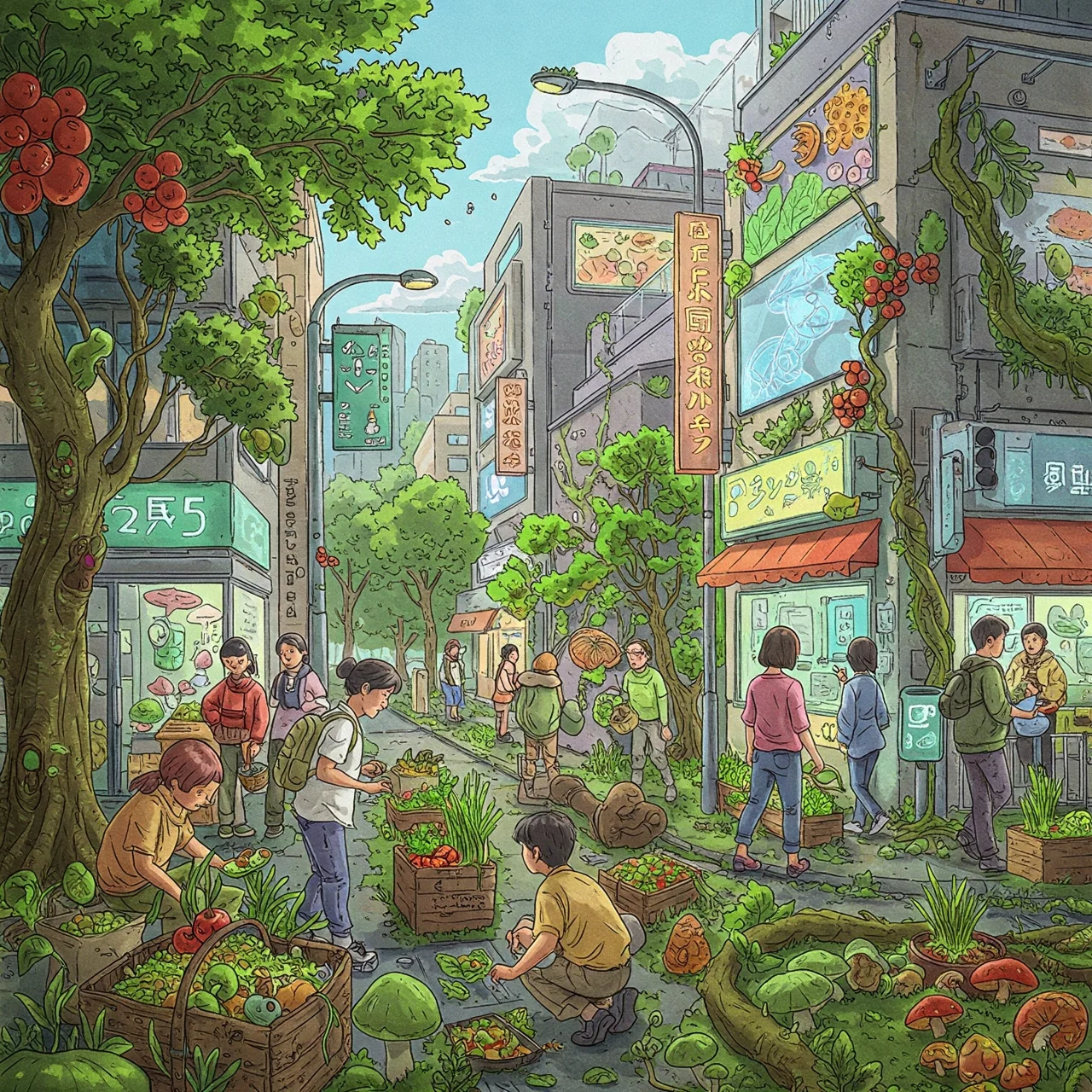
Imagine your city streets not just as concrete and steel, but as a hidden garden bursting with flavor and life. As we step into 2025, the hyper-local food movement is exploding, and urban foraging is leading the charge. Forget sterile supermarket aisles – delicious, nutritious food is sprouting right outside your door! This isn't just a trend; it's a rediscovery of our connection with nature, a journey toward sustainable living, and a deliciously adventurous way to spice up your meals. Ready to unearth the edible secrets of your city? Let's dive into the top 5 urban edible plants and mushrooms predicted to thrive in 2025, transforming your perception of cityscapes forever!
1. Dandelion Greens: The Ubiquitous Urban Superfood
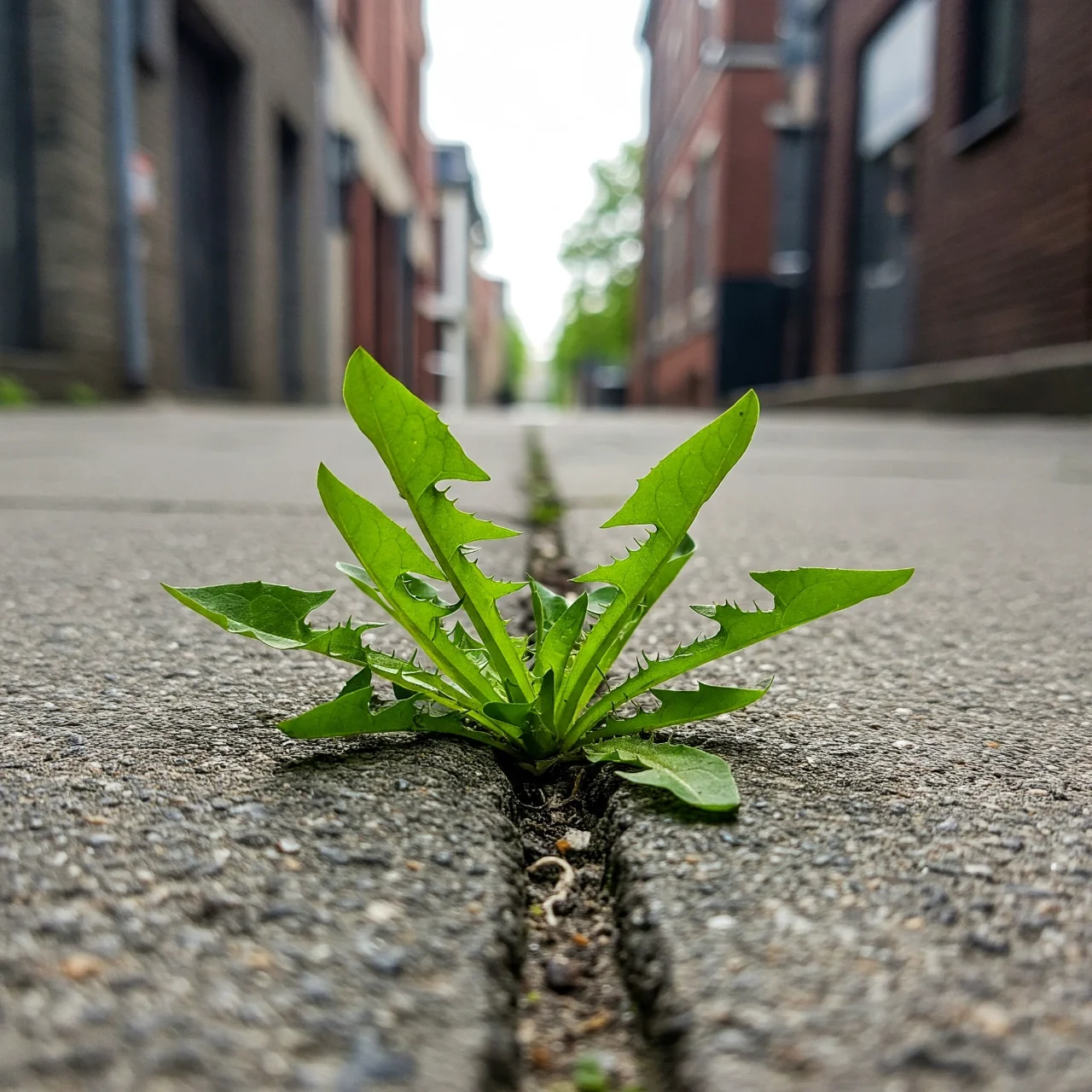
Dismissed as weeds by many, Dandelions are nutritional powerhouses perfectly adapted to urban environments. By 2025, expect dandelion greens to be celebrated as the go-to hyper-local superfood. These resilient plants thrive in sidewalk cracks and neglected patches, offering bitter, peppery leaves packed with vitamins A, C, and K. Embrace them in salads, sauté them with garlic, or even brew a detoxifying tea. Foraging for dandelions is incredibly accessible, making them a prime example of sustainable wild cooking in the city. Just ensure you're harvesting from areas free of pesticides and pollutants to enjoy their vibrant, earthy flavor safely.
2. Oyster Mushrooms: Cultivated City Clusters
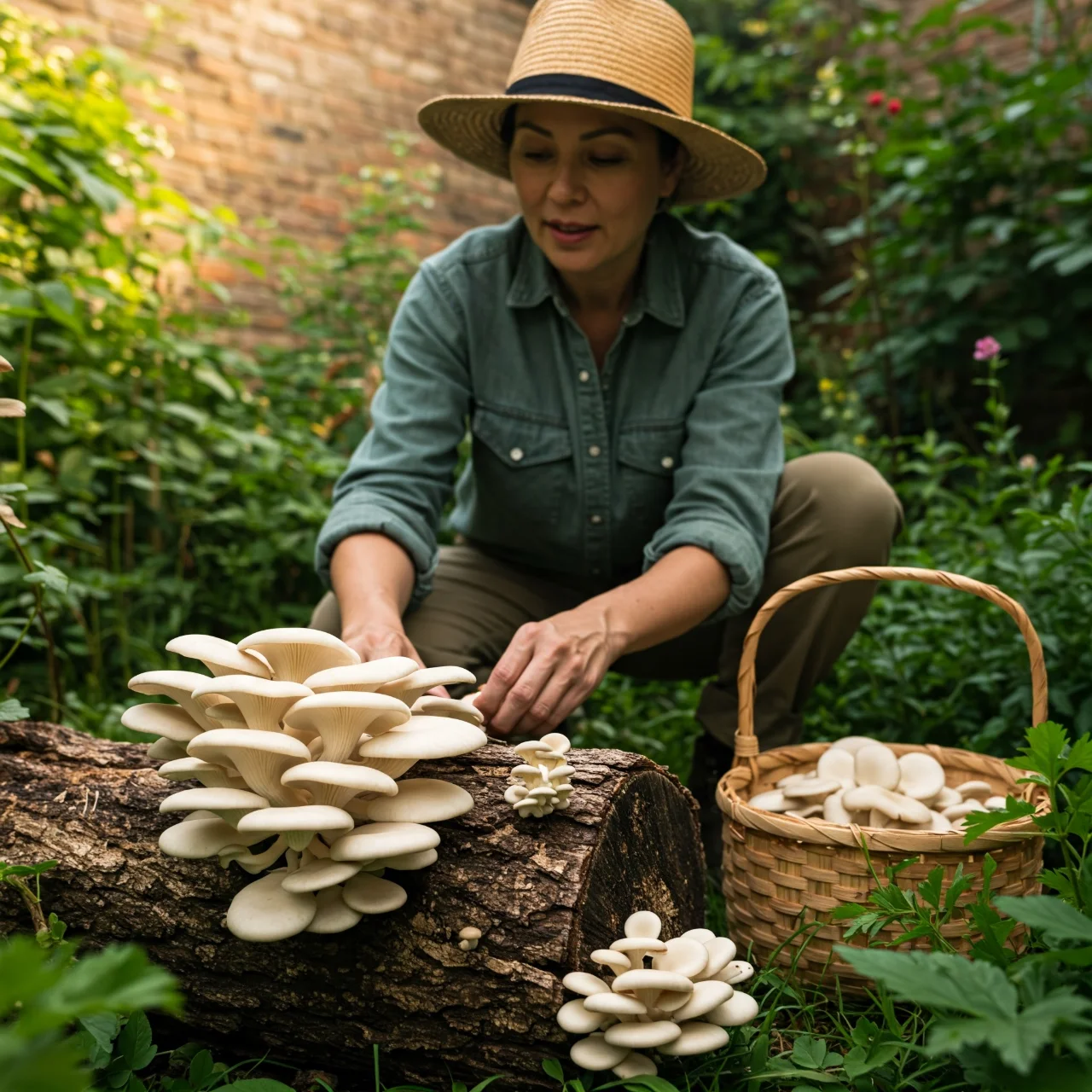
Forget trekking to remote forests! Oyster mushrooms are masters of urban adaptation, thriving on surprising substrates like coffee grounds and straw bales. Urban mushroom farms and community gardens will champion oyster mushroom cultivation in 2025, making them readily available for hyper-local foraging and purchase. These versatile fungi offer a delicate, savory flavor perfect for stir-fries, soups, or grilled as a meat substitute. Easy to identify and safe for beginners (when properly sourced or cultivated), oyster mushrooms are set to become a staple in sustainable wild cooking, connecting city dwellers with flavorful, locally grown food.
3. Chickweed: The Delicate City Green Carpet
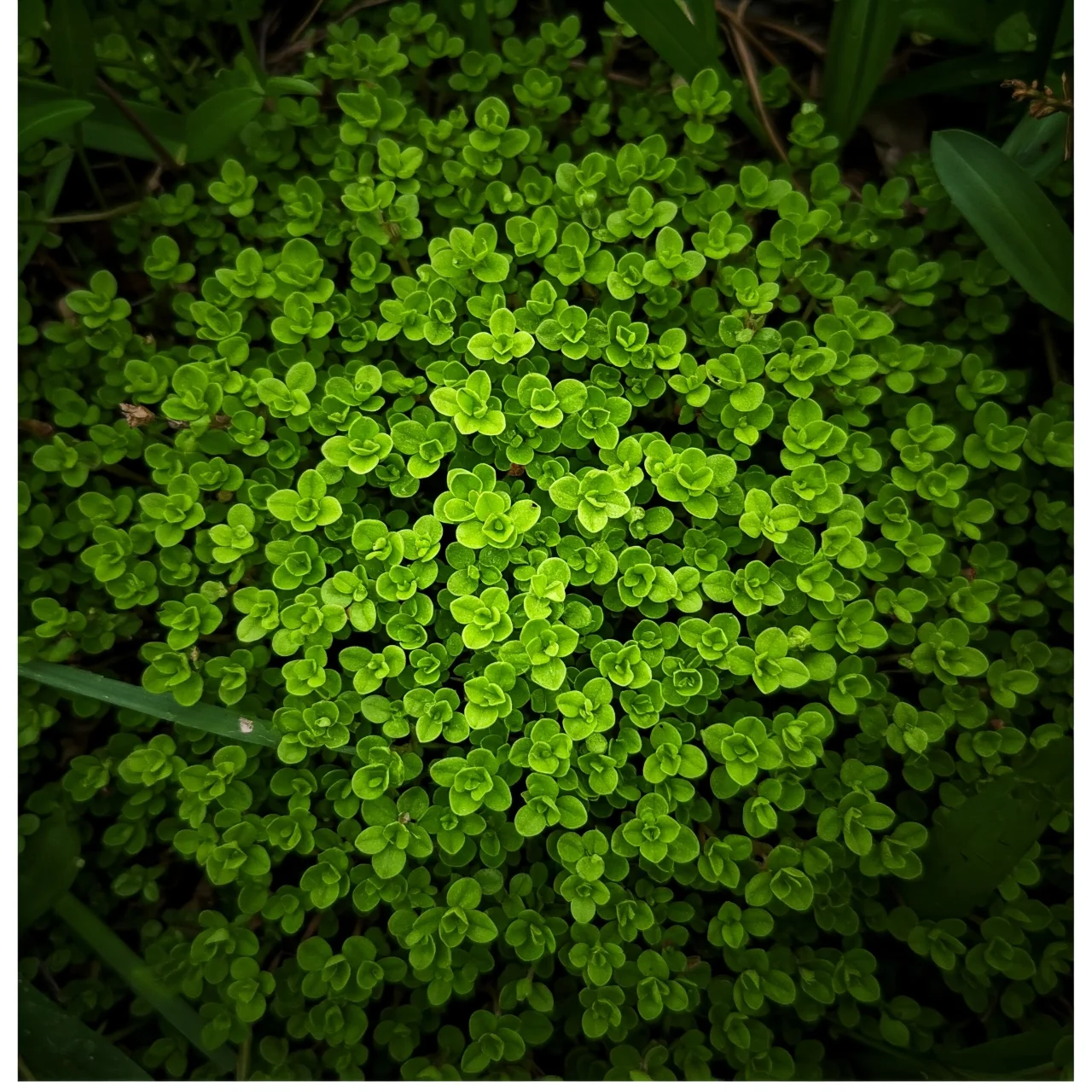
Often carpeting urban gardens and parks unnoticed, Chickweed is a mild, nutritious edible green that will gain foraging prominence in 2025. Its delicate leaves and stems offer a slightly sweet, spinach-like flavor, perfect for salads or as a gentle cooked green. Chickweed thrives in cool, shady urban spots, making it a common and easily accessible find. As hyper-local food trends intensify, recognizing and utilizing chickweed becomes a smart step towards sustainable wild cooking. Identify it by its small, oval leaves and single line of hairs on the stem. A gentle wash is all it takes to transform this ‘weed’ into a culinary delight.
4. Wood Sorrel: Lemon Zest in Your Sidewalk Salad
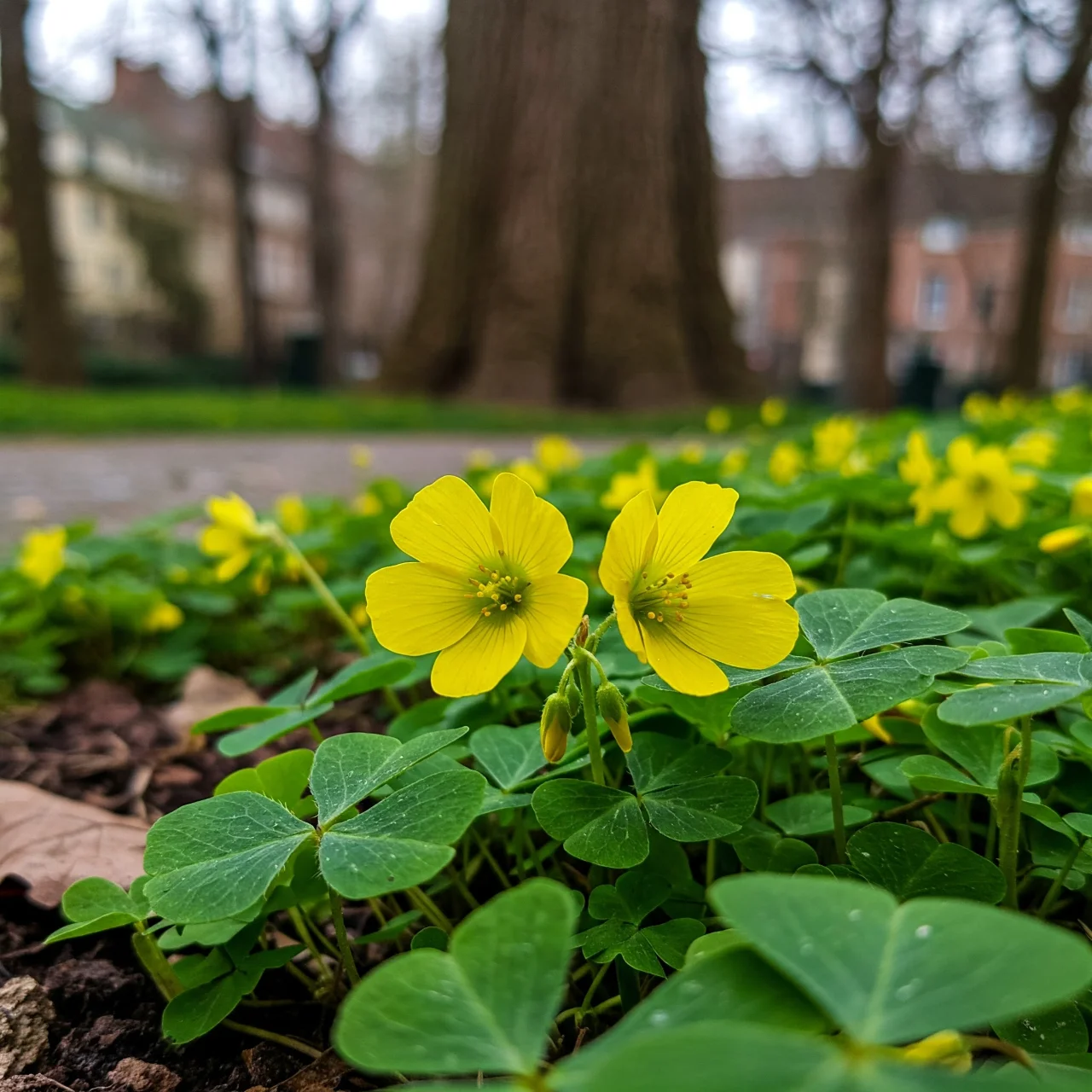
Imagine finding a lemony zing growing right in your city park! Wood sorrel, with its clover-like leaves and bright yellow flowers, offers a refreshing tartness that will be highly sought after by urban foragers in 2025. This cheerful plant thrives in shady, damp urban locations and is easily identifiable. Its leaves add a citrusy kick to salads, soups, or even infused in water for a refreshing drink. Embrace wood sorrel as a flavorful and readily available urban edible, a testament to the delicious potential of sustainable wild cooking right in your neighborhood. Remember to harvest in moderation due to its oxalic acid content.
5. Plantain (Broadleaf): The Resilient Urban Bandage & Food
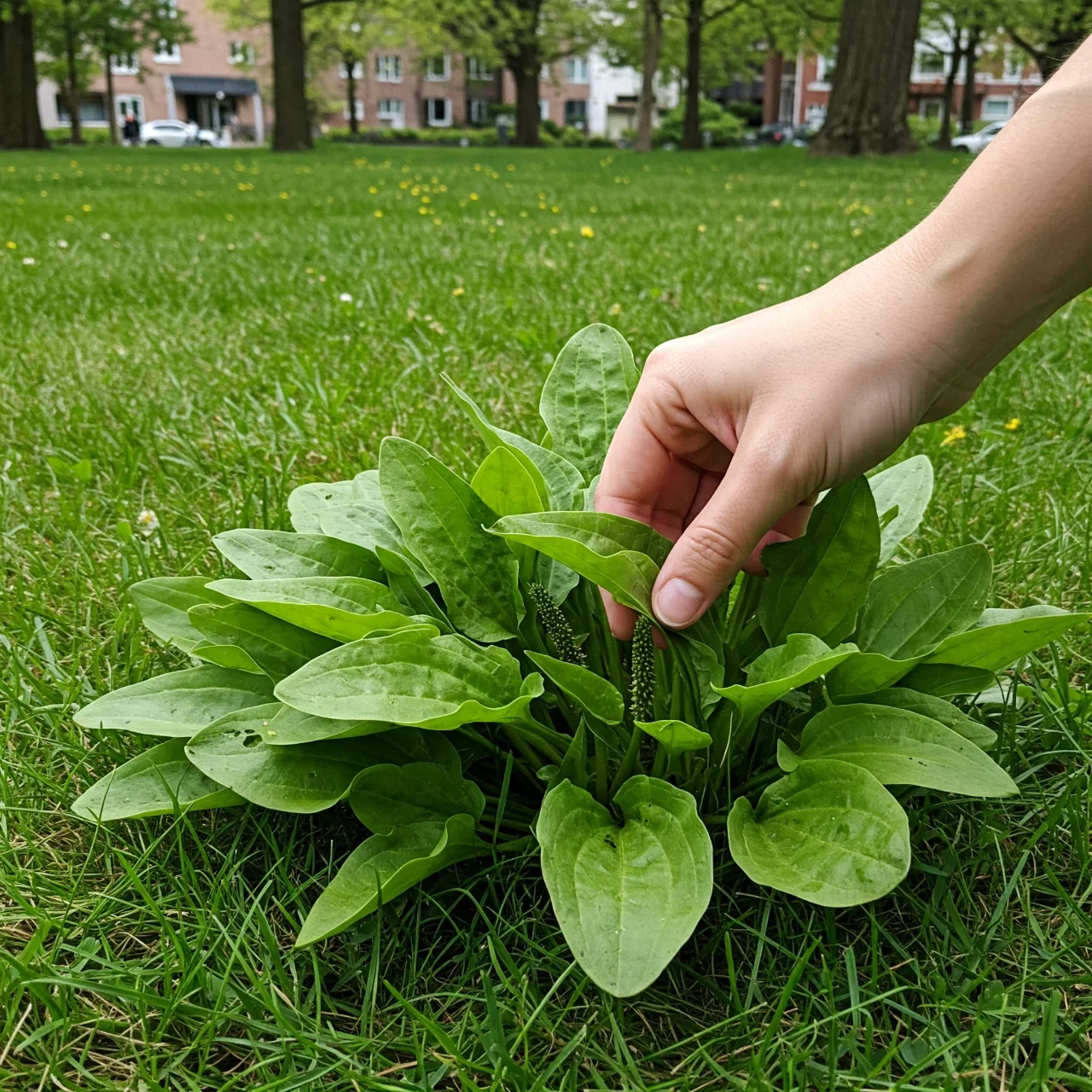
More than just a remedy for scrapes, Broadleaf Plantain is a remarkably versatile urban edible that will be increasingly appreciated in 2025. Growing in compacted soils where other plants struggle, plantain’s young leaves are edible raw or cooked, offering a mild, slightly nutty flavor. Mature leaves are chewier but can be used in teas or stocks. Its accessibility and resilience make plantain a cornerstone of sustainable wild cooking in urban environments. Plus, its well-known medicinal properties as a poultice enhance its foraging value. Look for broad, ribbed leaves growing close to the ground in sunny urban spaces – a truly multi-purpose city survivor.
🌿 City Foraging Awaits: Your Plate-to-Pavement Adventure Begins!
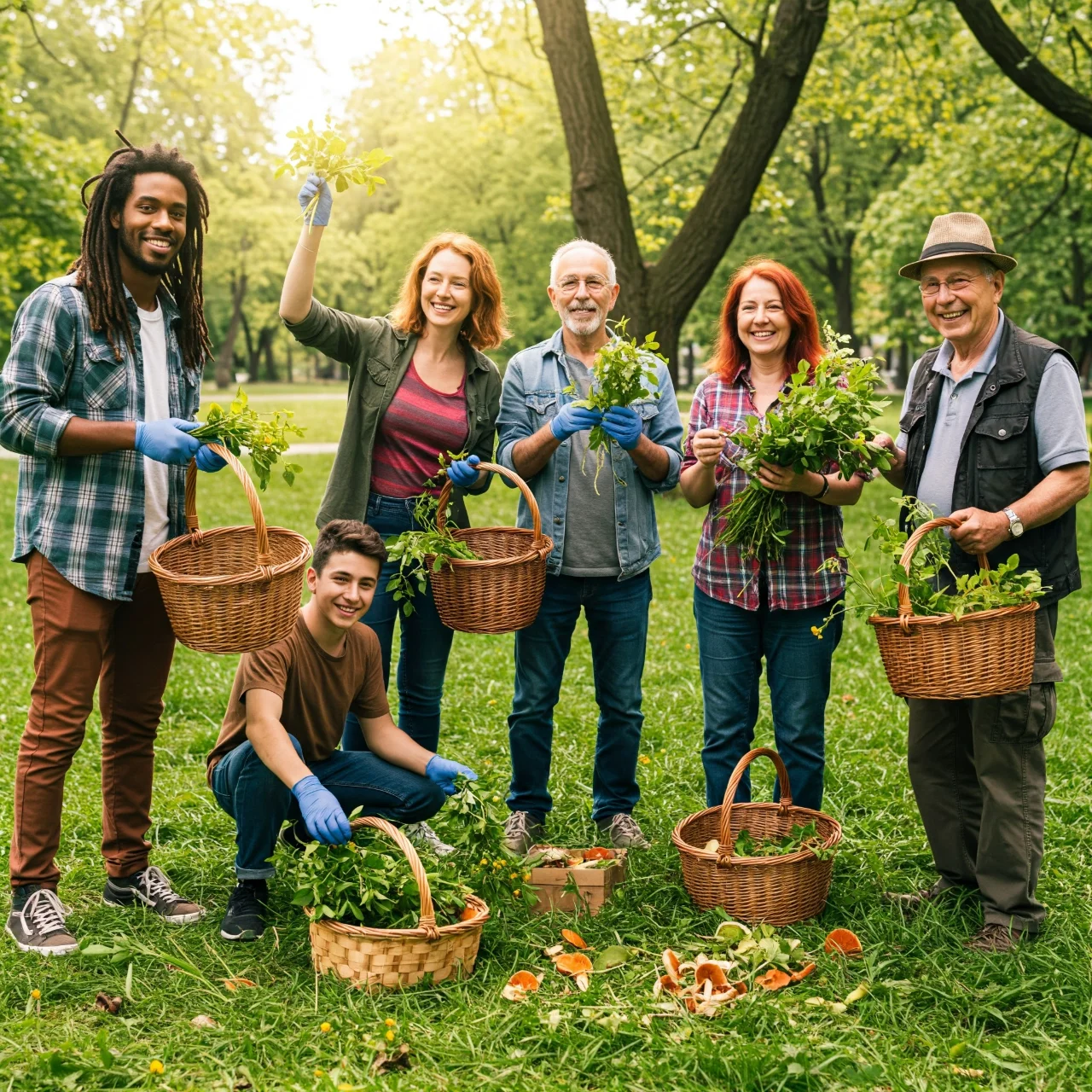
The urban landscape is brimming with unexpected culinary treasures, and 2025 is the perfect year to start exploring! Embrace hyper-local food trends by safely identifying and sustainably harvesting these edible plants and mushrooms. Urban foraging is more than just finding free food; it's about reconnecting with nature, understanding your local ecosystem, and building a more sustainable way of life. Share this guide with your fellow urban explorers and inspire a delicious, eco-conscious revolution, one foraged meal at a time. Happy foraging, and welcome to the edible city!
Comments
Loading comments...